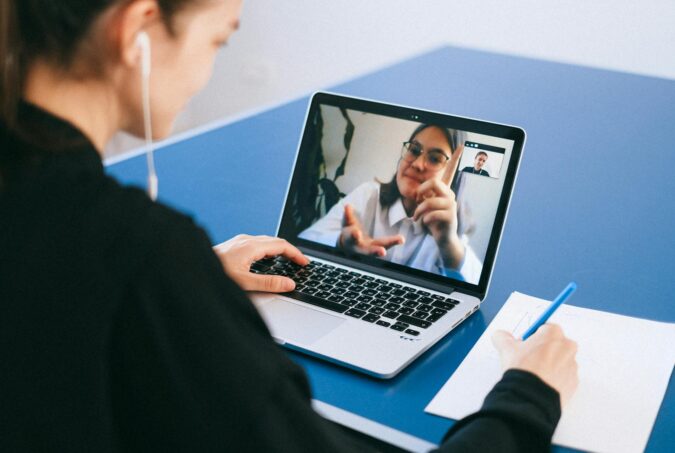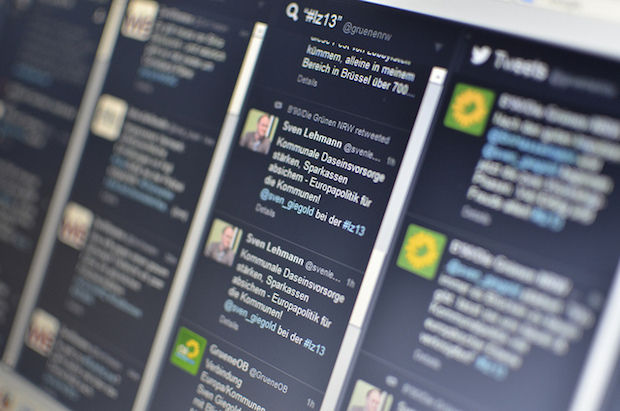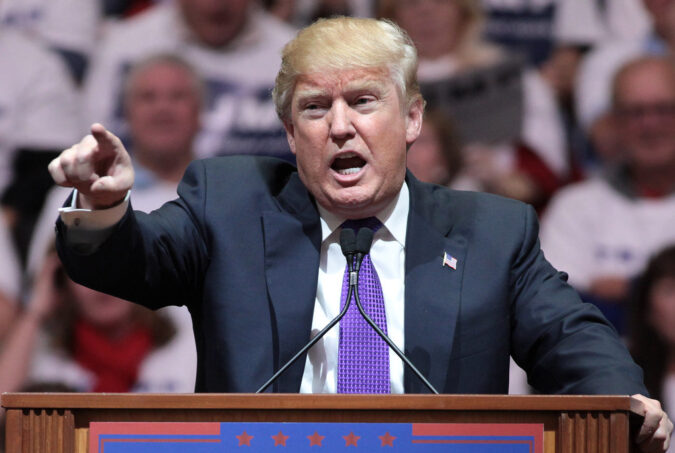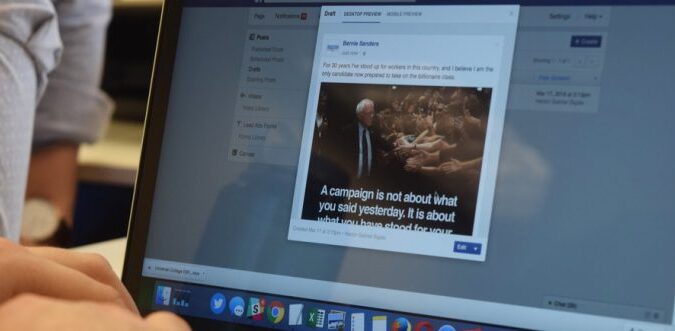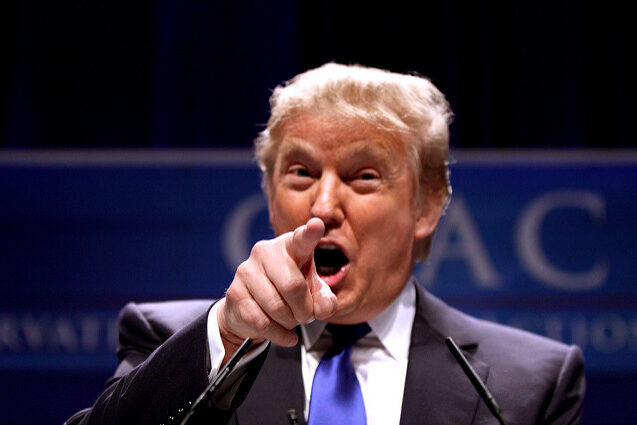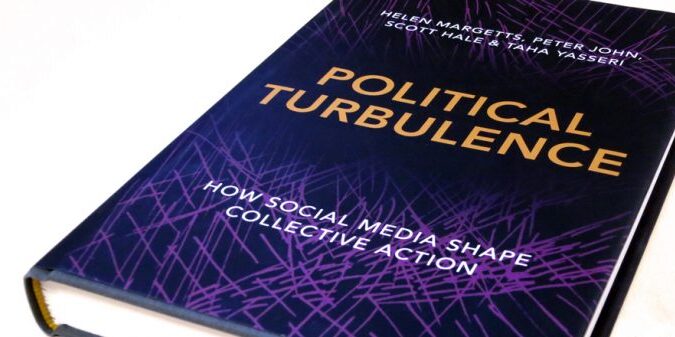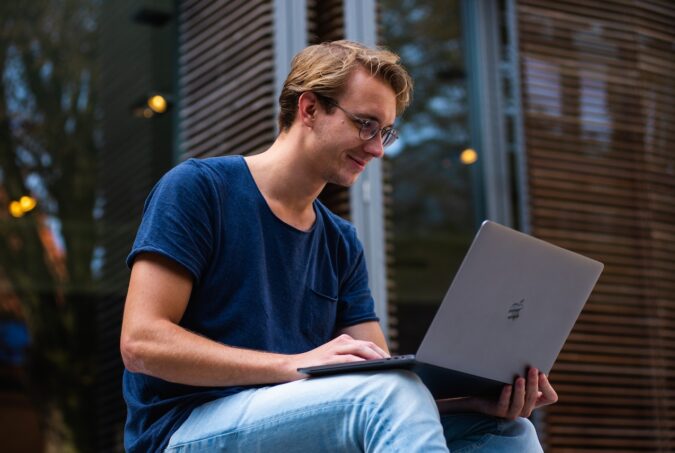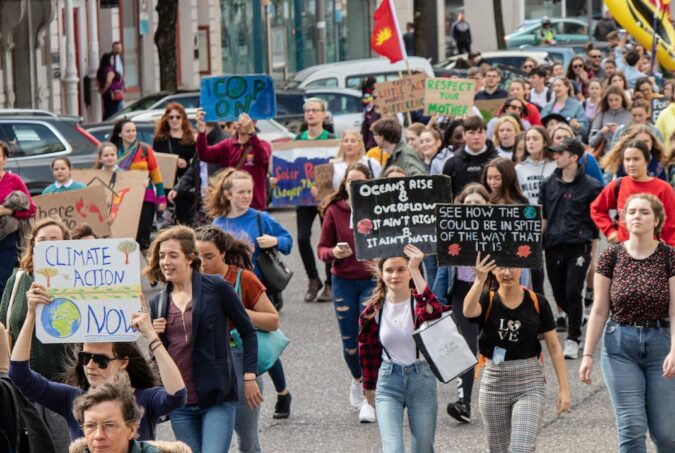In political discussions, the legitimacy crisis of democracy is a common theme. Even though citizens value the concept of democracy, they are often unhappy with how it is implemented. This issue also extends to the local level, where political decisions directly affect citizens. It is worth noting that whenever a local conflict arises, citizens (and policymakers themselves) often call for more participation as a means to increase the legitimacy of such decisions. As a result, municipalities frequently conduct public consultations and increasingly use the Internet to enable online participation. But what role can these online consultations play in improving legitimacy? In a recent study published by Policy & Internet, Bastian Rottinghaus and I investigated how participation in local consultation processes affects attitudes toward local politics. To achieve this, we examined participation procedures in which three German municipalities consulted their citizens on local cycling infrastructure. In each case, citizens submitted, commented on, and evaluated proposals through an online platform. After the end of these consultations, we surveyed nearly 600 citizens who had participated in these procedures. Here are some of our key findings: • The participation processes influenced the attitudes of those who participated in these consultations. • For many participants, the positive effect that was hoped for did indeed occur: they were more positive about local institutions (mayor, administration) and local politics as a whole. The decisive factor for the assessment was whether one expected local politics to take the citizens’ proposals seriously and act upon them. In other words, the result of the process was more important to attitudes than the process itself. • It is worth noting that this also applies to those with negative views of local politics. However, previous experience with local politics also played a role: those who already had a higher level of satisfaction and trust in the municipality became more positive by participating. • At the same time, participation may reduce satisfaction, especially…
We find that giving citizens an opportunity to have a say in political decisions influences their opinions about local politics—but not all of them are satisfied.

